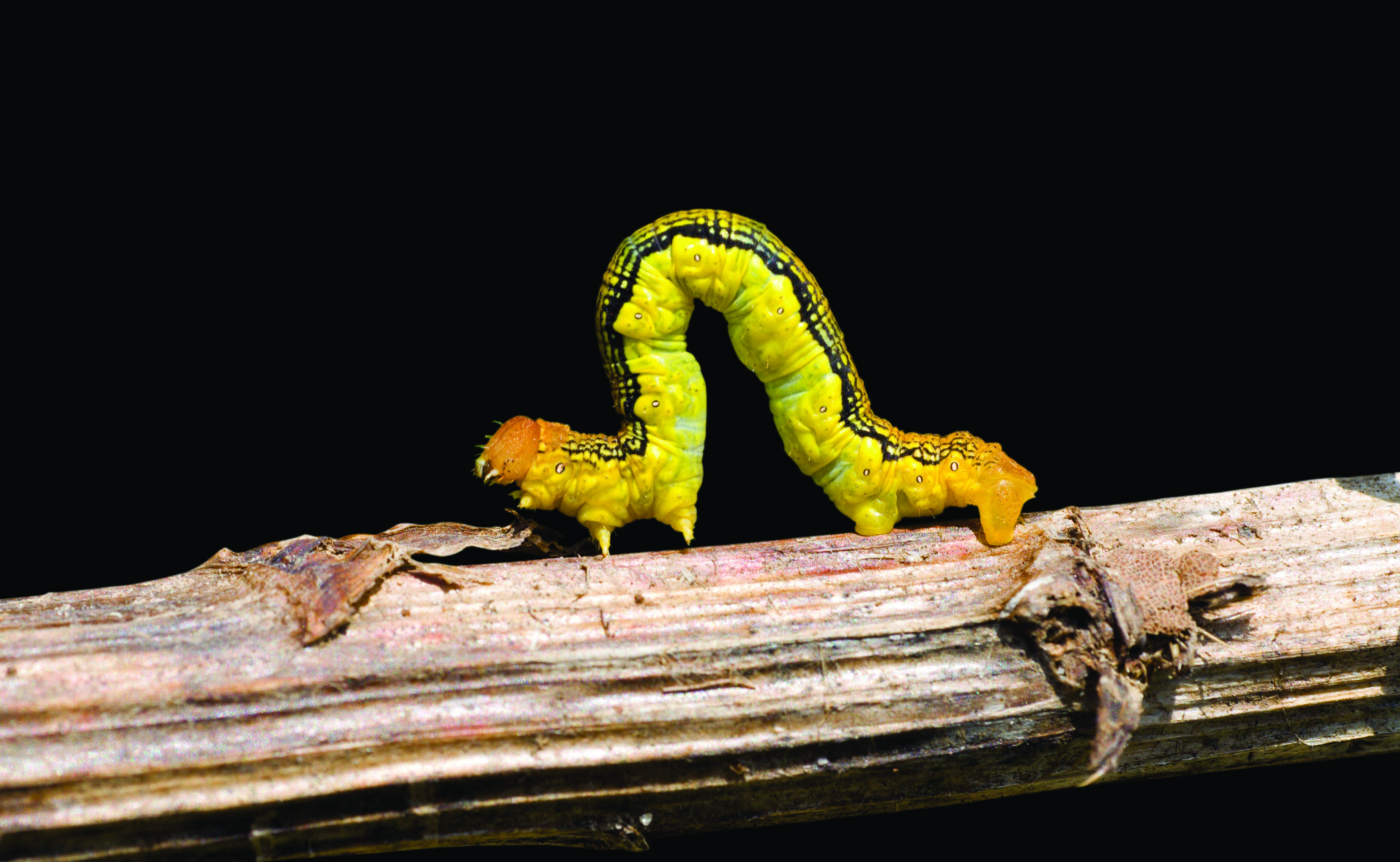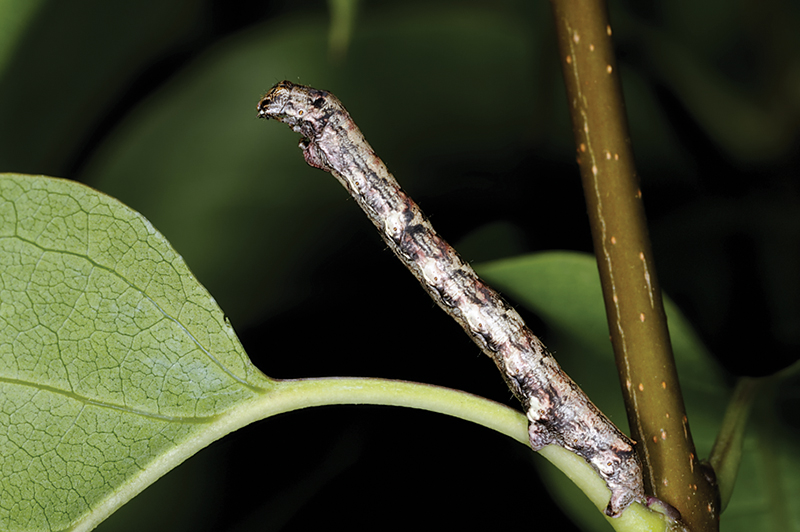Measuring worm is a moth caterpillar that moves by looping its body forward. Measuring worms are also called inchworms, loopers, or spanworms. A measuring worm crawls by pulling the back part of its body toward the front part, forming a hump in the middle. It then reaches forward with its six front legs to “measure” the distance it can reach by straightening its body. It moves in this way because it has only two or three pairs of prolegs (leglike structures) on the back part of its body. Most other caterpillars have five pairs of prolegs. A measuring worm can stand upright and motionless on a twig. By doing this, it resembles a branch of the twig and can escape the notice of its enemies.


There are thousands of species of measuring worms. Some species, such as the spring cankerworm and the fall cankerworm, are serious pests of fruit and shade trees (see Cankerworm). Other species, including the cabbage looper and the omnivorous looper, damage crops. Measuring worms usually form loose cocoons to enter the pupa stage. The moths that later appear are medium-sized with broad wings that have delicate lined patterns.
